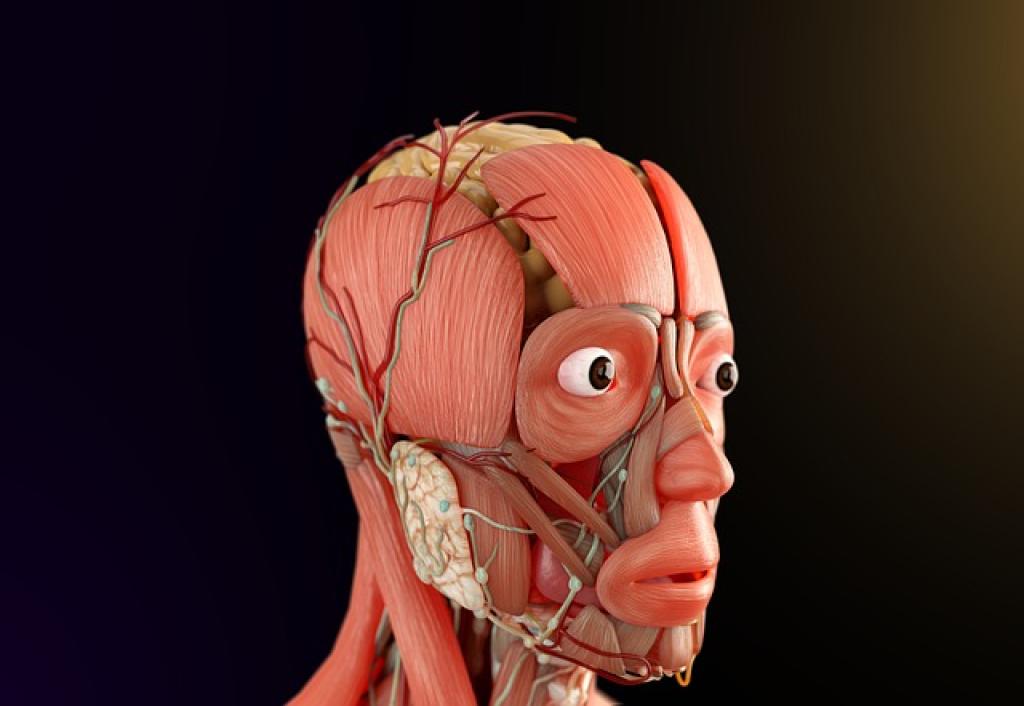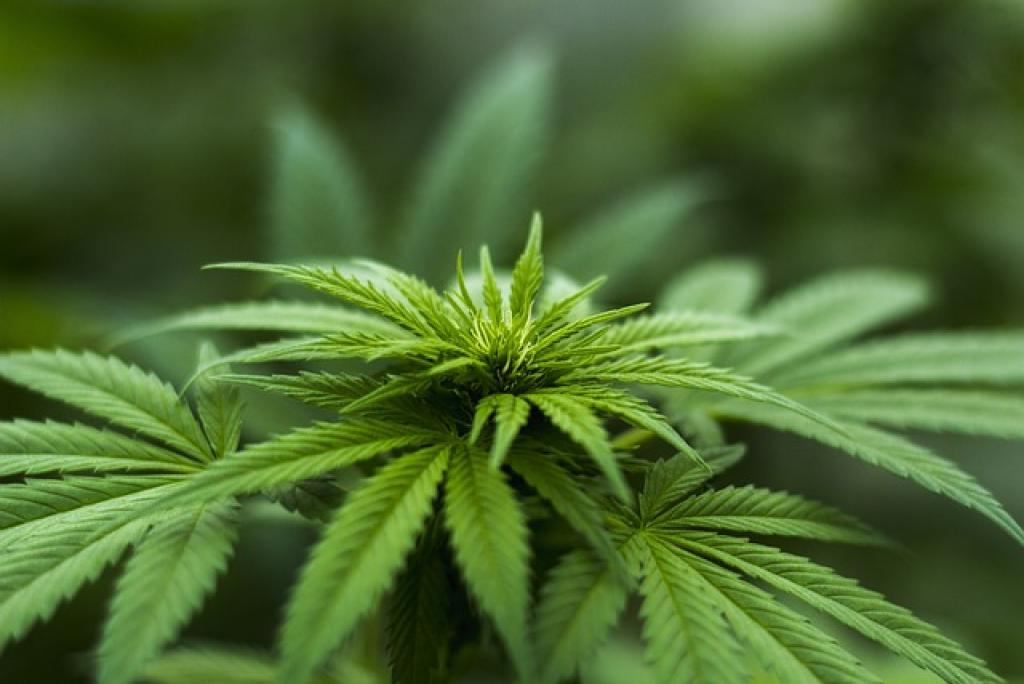Have you ever wondered how cannabinoids like THC and CBD work their magic in our bodies? It’s all thanks to the endocannabinoid system (ECS), a little-known but hugely important part of our physiology.
This system is like a master conductor, fine-tuning various processes to keep us in balance. From mood and appetite to pain and immune responses, the ECS has a hand in it all.
But what’s truly fascinating is how different cannabinoids interact with this system. While THC can make you feel euphoric, CBD can help you relax without the high. Curious how that happens? Let’s dive in and unlock the mystique of the ECS and its complex tango with cannabinoids.
Understanding the Endocannabinoid System and Cannabinoids
The endocannabinoid system is a biological network found in all mammals. Think of it as a bridge between your body and mind. Its primary role is to maintain homeostasis, or balance, within the body. It’s made up of receptors, enzymes, and endocannabinoids—compounds our bodies naturally produce.
The Key Players: CB1 and CB2 Receptors
Two main receptors, CB1 and CB2, are the central players here. CB1 receptors are mostly found in the brain and nervous system, making them crucial for mood, memory, and motor control. On the other hand, CB2 receptors are spread throughout the immune system and peripheral organs, playing a vital role in pain and inflammation.
Cannabinoids are compounds found in cannabis plants that can interact with these receptors. The most well-known cannabinoids are THC (tetrahydrocannabinol) and CBD (cannabidiol). While THC binds snugly to CB1 receptors, causing the “high,” CBD’s interactions are more nuanced, often blocking or negating the effects of THC.
What’s truly amazing is how versatile this system is. Each cannabinoid brings its own set of properties, allowing for a wide range of therapeutic possibilities. Ready to dig deeper? Let’s explore how these interactions influence our well-being.
The Role of CB1 and CB2 Receptors in Cannabinoid Interaction
We’ve already introduced CB1 and CB2 receptors, but now let’s dive into how they interact with cannabinoids. These receptors are like the command centers in your body, directing how you respond to different stimuli based on which ligands—molecules that bind to receptors—are present.
CB1 receptors are mainly located in the brain and central nervous system. When cannabinoids like THC bind to these receptors, they can affect everything from your mood to your appetite and even your perception of pain. This is why THC can make you feel euphoric or “high.” But it’s not just about the feeling; CB1 receptors play a role in controlling anxiety, memory, and even motor skills.
CB2 receptors, meanwhile, are mostly found throughout your immune system. These guys are your body’s natural defense squad, responding to inflammation and injury. When cannabinoids like CBD interact with CB2 receptors, it often results in anti-inflammatory and pain-relieving effects. This is why many people turn to CBD for its potential to manage chronic pain and inflammation without the psychoactive effects associated with THC.
What’s fascinating is how these receptors don’t work in isolation. They often interact, creating a complex web of responses that can vary based on multiple factors, including which cannabinoids are present and their individual concentrations. This intricate interplay is why understanding CB1 and CB2 is crucial for anyone looking to harness the therapeutic potential of cannabinoids.

Exploring the Specific Effects of THC, CBD, and Other Cannabinoids
Now that we’ve got a grip on CB1 and CB2 receptors, let’s talk specifics: what do THC, CBD, and other cannabinoids actually do?
THC, or tetrahydrocannabinol, is the superstar cannabinoid most people have heard of. It’s primarily known for its psychoactive effects—think euphoria, relaxation, and sometimes giggles. But it’s not all fun and games. THC is also credited with pain relief and reducing nausea, which is why it’s often used in medical marijuana treatments for conditions like chronic pain and chemotherapy-induced nausea.
CBD, or cannabidiol, is THC’s more subdued sibling. It won’t get you high, but it’s packed with potential health benefits. People use CBD to manage anxiety, insomnia, and even seizures. It’s also a promising anti-inflammatory and anti-pain agent, making it popular in everything from oils to topical creams.
Apart from THC and CBD, there are other cannabinoids worth mentioning. CBN, or cannabinol, is known for its sedative effects and might help with sleep. CBG, or cannabigerol, is gaining fame for its potential to reduce inflammation and even combat bacterial infections. Then there’s CBC, or cannabichromene, another promising cannabinoid that might boost mood and relieve pain.
Each cannabinoid has its unique properties and potential benefits, which makes the world of cannabis incredibly diverse. Whether you’re looking for relaxation, pain relief, or help with sleep, understanding these specific effects can guide you in choosing the right product for your needs.
The Entourage Effect: How Cannabinoids Work Together
Ever hear the saying, “the whole is greater than the sum of its parts”? That pretty much sums up the entourage effect when it comes to cannabinoids. Basically, it’s the idea that cannabinoids like THC, CBD, and others work better together than they do individually.
Synergy in Motion
Think of it like a band. Sure, the lead singer might be amazing on their own, but add in some drums, a bass guitar, and a keyboard, and you’ve got a concert worth attending. The same goes for cannabinoids. When THC, CBD, CBN, CBG, and others combine, they can amplify each other’s beneficial effects while potentially reducing some of the less desirable side effects too.
For instance, CBD is known to counteract some of the psychoactive effects of THC, like anxiety and paranoia. So, a product with both THC and CBD might offer pain relief and relaxation without making you feel overly anxious or “too high.”
Beyond Cannabinoids
Don’t forget that cannabinoids aren’t working alone. Terpenes, aromatic compounds found in cannabis (and other plants), also play an important role in the entourage effect. Terpenes can influence how cannabinoids interact with our body and can even add their own set of benefits. For example, the terpene myrcene might enhance the sedative effects of THC, while limonene could boost CBD’s mood-lifting properties.
So next time you’re choosing a cannabis product, remember that it might be worth exploring those full-spectrum or broad-spectrum options. By harnessing the power of the entourage effect, you could experience a more balanced and effective result.
Unraveling the Complexities of Cannabinoid Interaction with the ECS
Alright, let’s dive a little deeper into how cannabinoids interact with the ECS, or endocannabinoid system. This system is like a super intricate communication network in our bodies that helps regulate everything from mood and appetite to pain and immune response.
Cannabinoid Receptors: CB1 and CB2
To understand how cannabinoids do their magic, we need to know about the two main types of receptors they bind to: CB1 and CB2. CB1 receptors are mostly found in the brain and central nervous system, while CB2 receptors are more common in the immune system and peripheral organs.
When you consume cannabinoids, they bind to these receptors and send signals that help maintain balance or homeostasis in the body. For example, THC has a strong affinity for CB1 receptors, which is why it can produce that signature “high” by affecting brain functions like mood and perception.
CBD, on the other hand, interacts more subtly. It doesn’t bind strongly to CB1 or CB2 receptors but rather influences them indirectly. This is why CBD can be beneficial for conditions like anxiety and inflammation without causing intoxication.
The Role of Endocannabinoids
But wait, there’s more! Our bodies also produce their own cannabinoids, known as endocannabinoids. These include anandamide and 2-AG, which naturally interact with the ECS to help regulate various bodily functions. When you introduce plant-based cannabinoids like THC and CBD, they can mimic or enhance the effects of these naturally occurring compounds.
What’s really fascinating is that cannabinoids can influence the production and breakdown of endocannabinoids too. By inhibiting the enzyme that breaks down anandamide, for example, CBD can increase the levels of this “bliss molecule” in your system, potentially elevating your mood and reducing stress.
In a nutshell, the interaction between cannabinoids and the ECS is a complex dance, but understanding it can help us appreciate the nuanced ways cannabis can benefit our health and well-being.
Conclusion: Maximizing the Therapeutic Potential of Cannabinoids
As we wrap up our deep dive into the world of cannabinoids and the endocannabinoid system, it’s clear that there’s immense therapeutic potential waiting to be tapped. From alleviating chronic pain and inflammation to managing anxiety and stress, cannabinoids are showing promise across a variety of health challenges.
The key lies in understanding how these compounds interact with our bodies. By leveraging the knowledge of how cannabinoids like THC and CBD engage with CB1 and CB2 receptors, we can develop targeted treatments that maximize benefits while minimizing side effects.
And with that in mind, the role of naturally occurring endocannabinoids adds another layer of complexity. By influencing the production and degradation of these molecules, cannabinoids can help maintain balance in our body’s systems. This opens up possibilities for more holistic and personalized approaches to health care.
In order to fully harness this potential, ongoing research is vital. Scientists and medical professionals need to continue exploring the myriad ways cannabinoids can support well-being. Public education is also crucial; understanding these interactions can empower individuals to make informed decisions about their health.
So, whether you’re a patient seeking alternative treatments or just someone curious about plant-based medicine, the world of cannabinoids offers a fascinating and promising landscape. With continued study and responsible use, we can look forward to a future where the therapeutic benefits of cannabinoids are fully realized, improving lives in ways we are only beginning to understand.






